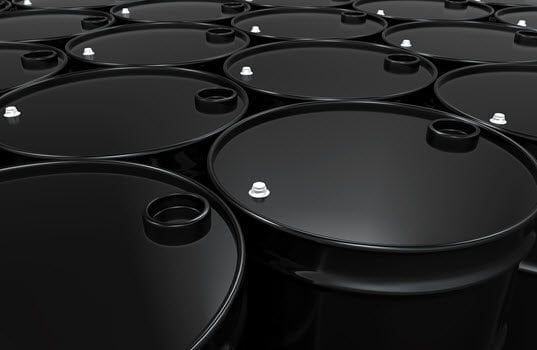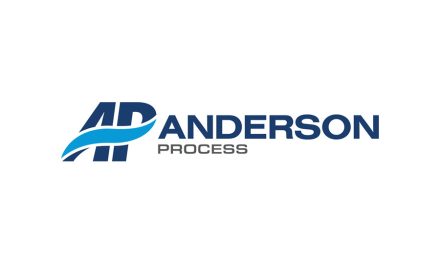By Joe Petrowski
The surprise of 2017 was that oil markets remained under pressure despite all the blustering from OPEC and the significant economic recovery in the US and the rest of the world. Also surprising to some was that oil prices never collapsed, and found a bottom at $30/barrel for WTI and $45 for Brent. With WTI now about $59/barrel and Brent $66/barrel what do we see for 2018?
Demand
World oil demand has recovered and is strong. While there is some softness in China, Chinese demand will be up 4 million barrels per day and the other Asia tigers up 6 million bbl/d. North America will be up 2 million bbl/d primarily led by the strong US recovery and 9 Million bbl/d gasoline demand. So overall World demand will reach 100 million bbl/d (up 5).
Supply
Despite the bluster from OPEC, production remains 35 million bbl/d. Every indication is that leakage and current prices (along with the Saudi and Iranian fear that oil is worth more today as cash than reserves for an uncertain future) has actual production closer to 40 bbl/d with an increase to 45 million bbl/d.
Higher prices, and more importantly lower prices for finding and extracting oil, has caused non-OPEC production to ramp up to 60 bbl/d from 55 million bbl/d in 2017. Most of that increase has come from North America, but it is important to note that Chinese, Vietnamese and Korean production from the South China Sea has grown 1 million bbl/d. More importantly, with proven oil reserves of 8 billion barrels of oil in the South China Sea alone, that area is worth watching as a geopolitical flashpoint among both Koreas, Vietnam, China, Taiwan and Philippines (it is refreshing that the Mideast will recede to the background for a while).
Of course, the oil market never suffers from geopolitical ennui for long. Potential concerns are Venezuela (a collapse is certain); Mexico (lack of capital investment and government ineptitude); and Russian sanctions (1 million bbl/d). If Rex Tillison leaves the State Department there is a better than 50/50 chance the sanctions will be eased moving Russia away from OPEC and bringing the king of all cheaters into the supply of world oil (as long as Michael Flynn does not have photos of Trump dancing cheek to cheek with Putin). Throw the ever exciting and inept Nigeria into the mix and these will be the trigger for upside moves, but these moves will be moderate and temporary. WTI will have a range of $50 to $75/barrel with an average 2018 price of $63/barrel (it was $58 for 2017).
Refining
Refining margins and refiner prospects should improve given cheap natural gas as feed stock, some consolidation and other cost improvements. $18 gasoline cracks and $16 diesel cracks will be the mean, making gasoline $1.95 and diesel 1.90 cash, wholesale.
So with wholesale terminaling, pipeline and trucking costs of 25 cents/gallon, retail margins 17 cents/gallon and state and federal taxes of 47 cents/gallon, we will see gasoline prices of $2.74 (national average) for the year with a $2.45 to $2.95 range.
10 other certain bets for 2018 are:
- An increase in state and federal fuel taxes
- Controversial tweets from President Trump
- Another Hollywood bigwig caught being inappropriate
- The collapse of the Bernie Sanders test kitchen (Venezuela)
- OPEC and Russian cheating while talking strong (Opec and Russian resolutions are on par with my New Year’s weight and healthy living resolutions)
- Increased US exports of refined products (we are the world’s swing producer)
- Higher power prices (maybe very high)
- Better retail fuel margins (consolidation and disappearance of the weak seller)
- More ethanol and DEF use
- Weaker natural gas prices (but more states deregulating)
- Patriots win Super bowl
- Financial talking heads will say the Dow at 26,000 is reaching a top
Joe Petrowski has had a long career in international commodity trading, energy and retail management and public policy development. In 2005, he was named President and CEO of Gulf Oil LP and elected to the Gulf Oil LP Board of Directors. In October 2008, he was named CEO of the now combined Gulf Oil and Cumberland Farms, whose annual revenues exceed $11 billion and who now operates in 27 states. In September 2013, Petrowski stepped down as CEO of The Cumberland Gulf Group. He is now the Managing Director of Mercantor Partners, a private equity firm investing in convenience and energy distribution. Joe is also a member of the Gulf, Yesway and Green Print, LLC boards.









